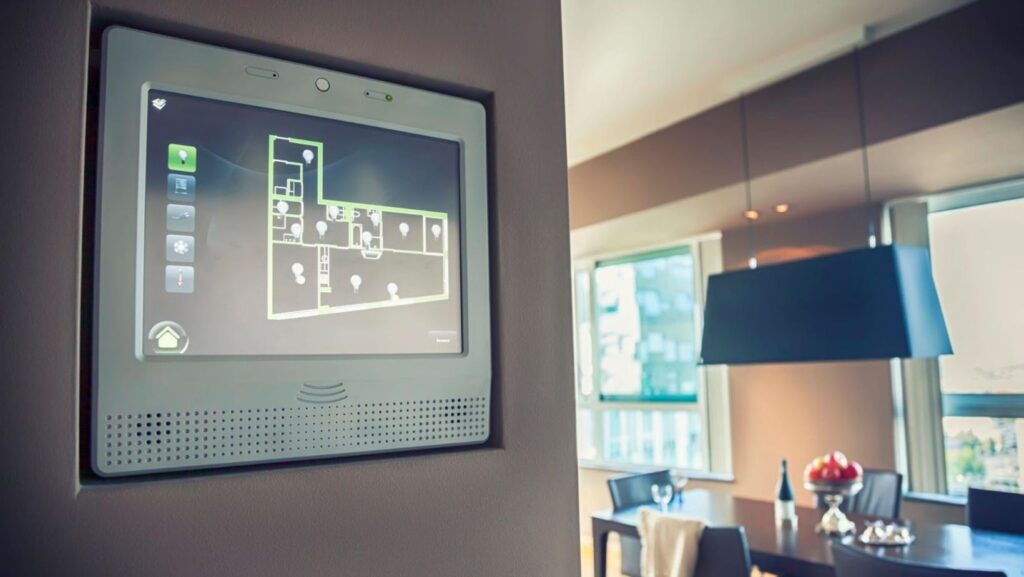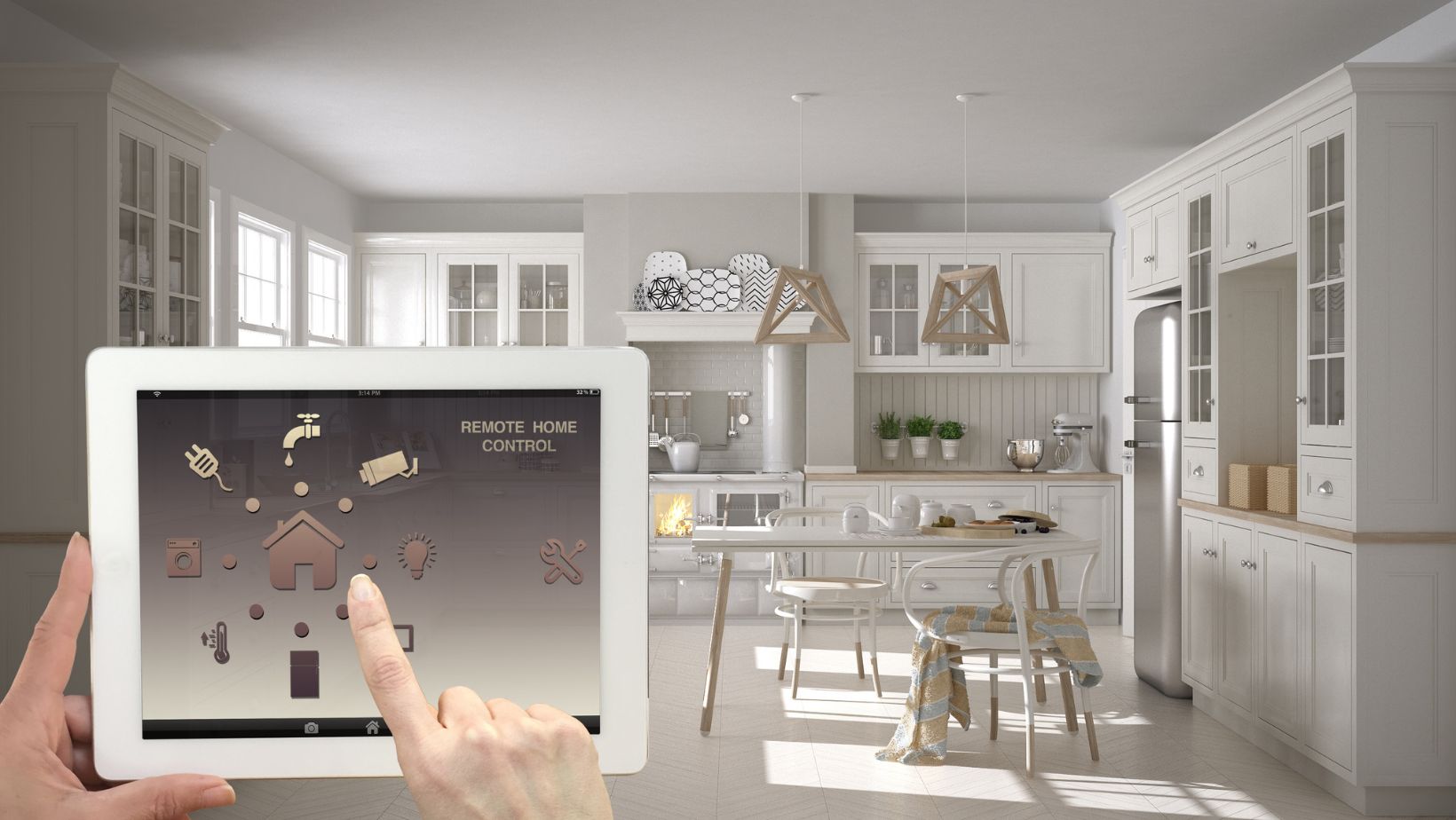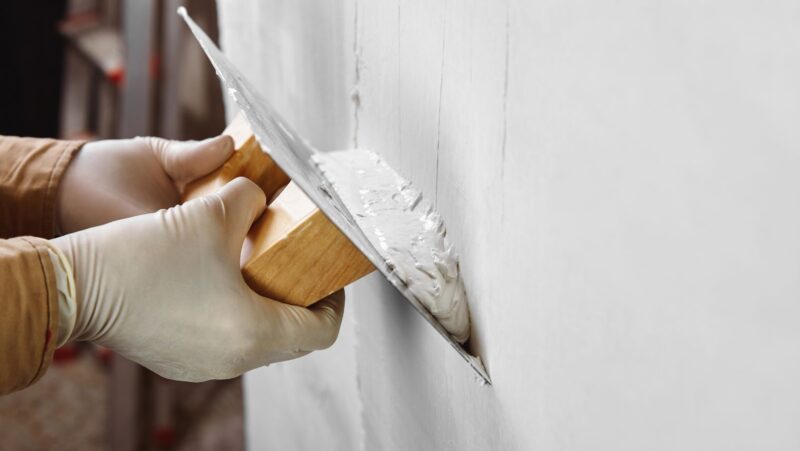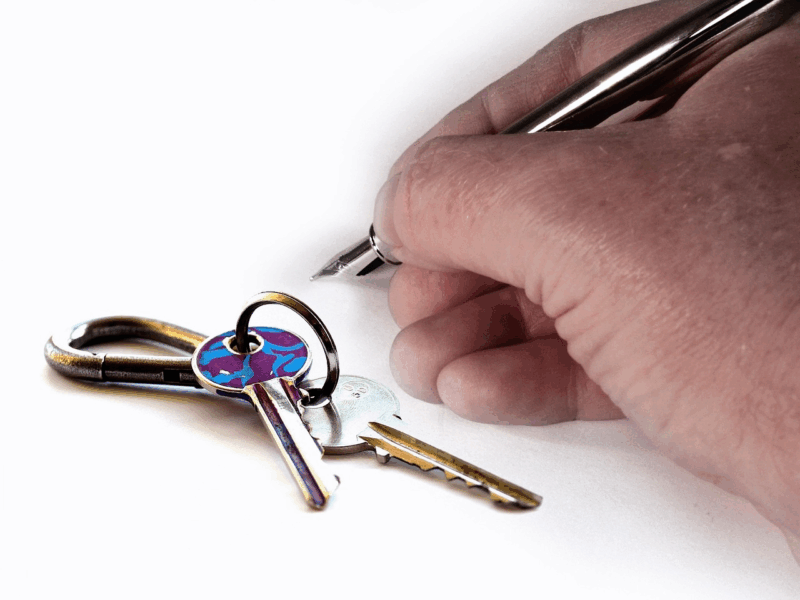
Smart home devices have revolutionised the way homeowners interact with their living spaces. These innovative gadgets, ranging from smart lights and thermostats to security cameras and voice assistants, offer convenience, enhanced security, and energy efficiency. As they continue to gain popularity, many individuals are eager to upgrade their homes with these cutting-edge technologies. However, the initial excitement can quickly turn to frustration when installation challenges arise. This article will explore some common obstacles faced when installing smart home devices and provide practical solutions to ensure a smooth setup.
Compatibility Issues
One of the foremost challenges when integrating smart devices is dealing with compatibility issues. With a plethora of brands producing a variety of devices, ensuring they all communicate seamlessly can be tricky. Brands often use different protocols such as Zigbee, Z-Wave, or Wi-Fi, which might not always work together harmoniously. Additionally, outdated wiring or network infrastructure can hinder the installation process.
Homeowners in Parramatta, for instance, searching for the best components should consider top retailers for electrical components in Parramatta to ensure they get the right products tailored to the latest smart home standards. Before purchasing devices, it’s crucial to check their compatibility with existing systems and protocols. Using hubs or bridges can act as translators between different protocols, mitigating compatibility issues. Careful research and planning before making any purchase can save significant time and headaches later.
Network Connectivity Problems
Another common challenge is maintaining a stable network connection. Smart home devices rely heavily on strong Wi-Fi signals, so weak signals in certain home areas can affect performance. Some households also face bandwidth limitations, especially when multiple devices operate simultaneously. Not to mention, other wireless gadgets in the home can cause interference, complicating connectivity even further.
To overcome these problems, homeowners should consider upgrading their existing routers to newer models that support higher bandwidths and offer broader coverage. Wi-Fi extenders or mesh networks can help eliminate dead zones by boosting signal strength in areas where the connection is weak. Additionally, optimising device placement—keeping routers in central locations and away from potential sources of interference—can significantly improve overall network performance.
Security Concerns
The convenience of smart homes often comes with heightened security risks. Devices connected to the internet are vulnerable to hacking, and inadequate privacy settings can expose sensitive information. In some cases, poorly secured devices might become entry points for cybercriminals.
To safeguard a smart home, it’s essential to set strong, unique passwords for all devices and change them regularly. Regular firmware updates are also critical, as manufacturers continually release patches to fix security vulnerabilities. Ensuring that devices operate on a secure Wi-Fi network protected with robust encryption further bolsters security. Establishing these habits can significantly reduce the risks associated with smart home devices.
Installation and Setup Complications
When faced with a new smart home device, many users find the installation and setup process daunting. Confusing instructions littered with technical jargon can overwhelm even tech-savvy individuals. Physical installation can also pose challenges, whether it’s mounting a camera or wiring a smart thermostat. Additionally, correctly syncing and configuring devices to work together seamlessly can be frustrating.
To navigate these complications, it’s helpful to look for step-by-step guides or instructional videos provided by manufacturers. Many companies now offer detailed online resources and customer support to assist with installation. For those who prefer a hands-off approach, hiring professional installation services can ensure devices are correctly installed without the stress and hassle.
Maintenance and Troubleshooting
Even after successful installation, smart home devices require regular maintenance to function optimally. This includes updating firmware, diagnosing and resolving connectivity issues, and managing multiple device interfaces. Handling these tasks can become cumbersome, particularly for individuals with a vast array of smart gadgets.
Creating a routine maintenance schedule ensures all devices are up-to-date and performing efficiently. Using centralized control apps can simplify the management of multiple devices, providing a single platform to monitor and control the entire smart home ecosystem. When issues arise, online forums and communities can be invaluable resources for troubleshooting tips and solutions shared by other smart home users.
Conclusion
While installing smart home devices can present several challenges, understanding and anticipating these obstacles allows for more effective and confident integration. Compatibility issues, network connectivity problems, security concerns, installation complications, and ongoing maintenance are all common hurdles. Through careful planning, thorough research, and utilising professional help when necessary, these challenges can be overcome. A well-installed smart home system not only maximises convenience and efficiency but also enhances the overall living experience. With the right approach, transforming a traditional home into a smart home becomes a rewarding endeavour.














